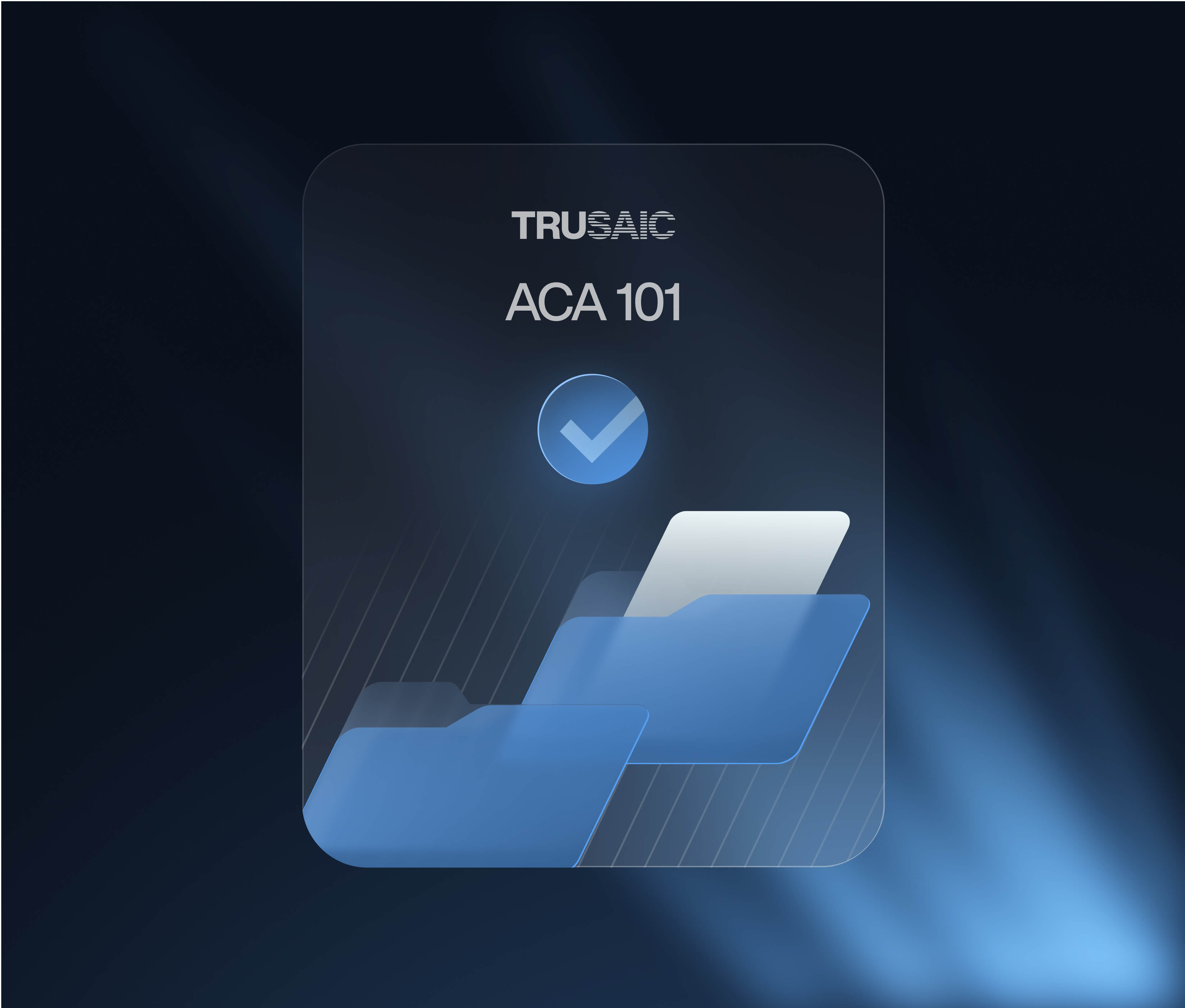Following the approval of the EU’s Pay Transparency Directive by the European Parliament, pay transparency has become a globally trending business topic that employers can no longer ignore. Yet it is still not a high priority for most organizations. Company leaders may claim that pay equity is critical to the success of their business, but that statement is often unsupported in terms of their policies. Research from Josh Bersin found that while 71% of business leaders see pay equity as a “critical component” of their talent and business strategies, only 5% are “truly excellent” at pay equity. The remainder see it as “a legal requirement, a sporadic compensation project or a way to enforce skills-related pay approaches.” For those companies that wholeheartedly commit to workplace equality, the benefits of pay equity are undeniable. Companies that are effective in pay equity are:
- 1.6 times more likely to meet or exceed financial targets
- 2.1 times more likely to attract the talent their business needs, and
- 1.7 times more likely to innovate effectively
Pay transparency in job listings
The clearest indication of a gradual shift towards pay transparency and the growing impact of legislation can be seen in job listings. Analysis from Indeed shows that, while pay transparency is highest in low- and middle-wage job postings, high-wage roles are catching up. In the past year, pay transparency has grown the fastest in sectors including software development, mathematics, and banking and finance. For instance, just under 32% of banking and finance job postings now include pay scales, compared to only 12% before pay transparency laws were introduced in New York City and other states.
A global movement towards workplace equality
The laws around pay transparency and pay equity legislation are frequently evolving across the U.S. and around the world. Eight states have enacted, and at least 15 states are considering, salary range transparency laws. Illinois is the latest state to announce measures to strengthen its pay transparency legislation. Further, in the same week that the EU approved its Pay Transparency Directive, Australia introduced significant changes to its Fair Work Act, restricting fixed-term contracts and pay secrecy clauses. It also strengthened provisions around gender pay equity, anti-discrimination and sexual harassment protections, and improved access to flexible work arrangements.
Navigating pay transparency effectively
As the global pay transparency movement continues, Josh Bersin describes pay equity as “not just the right thing to do, it’s also good for businesses” bringing benefits including customer satisfaction, innovation, improved financial returns and more engaged employees. That said, 95% of businesses are still struggling to implement effective, compliant pay equity strategies. The following steps can help your organization to navigate pay transparency laws and incorporate pay equity effectively:
Define your compensation philosophy: A compensation philosophy is a statement about two things: what your company is trying to achieve through employee compensation, such as workplace equality, and how you intend to achieve that.
Set aside an appropriate budget: Bersin’s research found that only 14% of organizations set aside an appropriate budget and staff to mitigate pay inequities. Equally, only 14% use data and equity platforms to identify pay disparities. As global pay equity laws become more complex, investment in a robust pay transparency policy will be key to both compliance and your organization’s ability to attract and retain talent and meet your financial objectives. Trusaic’s PayParity supports businesses committed to achieving those goals.
Conduct a pay equity audit: This is the first step to identifying pay disparities in your employee compensation structure. Trusaic’s PayParity is a software solution that conducts a pay equity audit at the intersection of factors such as gender, race/ethnicity, age, and disability. The results identify risk areas for remediation and pay gaps within every employee group and at every level in your business. I
mplement transparent pay practices: Consider providing employees with information about pay ranges, regardless of current state or global laws. A report from SHRM found that 70% of companies that post salary data on job listings are seeing more applicants, and two thirds say that it has increased the quality of those applicants. Even when not required, two thirds of HR managers are now including salary data in their job listings.
Set equitable and explainable pay ranges: Comply with pay transparency legislation by selecting fair and equitable pay ranges for your job listings. Trusaic PayParity and Salary Range Finder® can help to determine competitive and fair salary ranges by overlaying internal pay equity audit data with that of external labor market data. Fair salary ranges are instantly determined for your job listings by combining the two data points. Choosing the right pay equity solution matters. Trusaic PayParity:
- Allows your company to continuously evaluate your progress on pay transparency, whether that is on a monthly or quarterly basis, after making a series of new hires or layoffs, and when you are asked a question about pay transparency by an employee
- Delivers up-to-date information on your pay equity status. Employers can also be confident that analytics reflect your current situation by offering real-time results
- Offers more accurate and rapid results than manual analyses, which are often out of date before they are complete
- Offers multidimensional analysis, rather than binary, and accounts for intersectionality, i.e., an ability to analyze factors such as race/ethnicity, gender, age, and disability, simultaneously
For more information on how Trusaic PayParity can help your organization to navigate pay transparency laws effectively, schedule a meeting with one of our pay equity experts.








